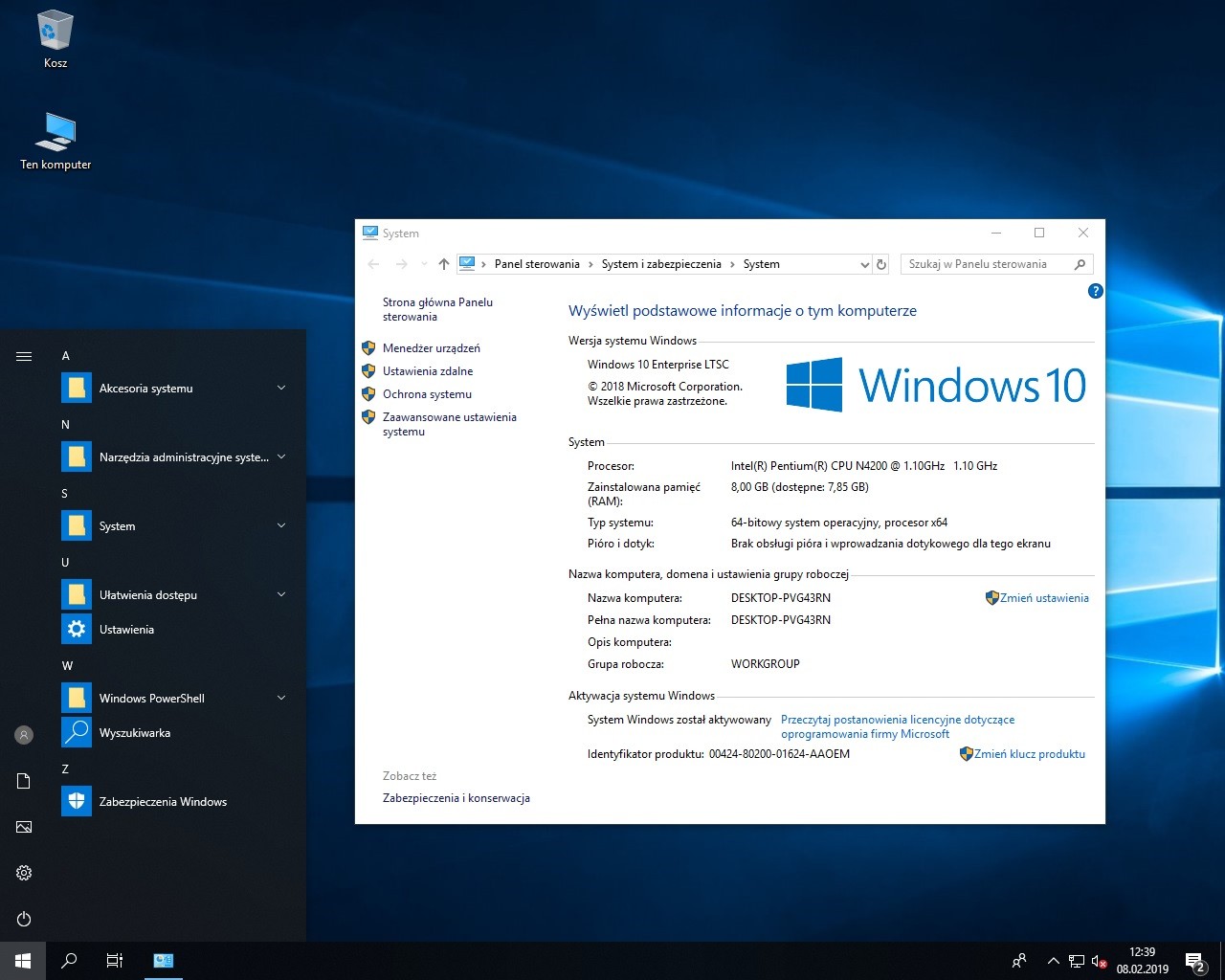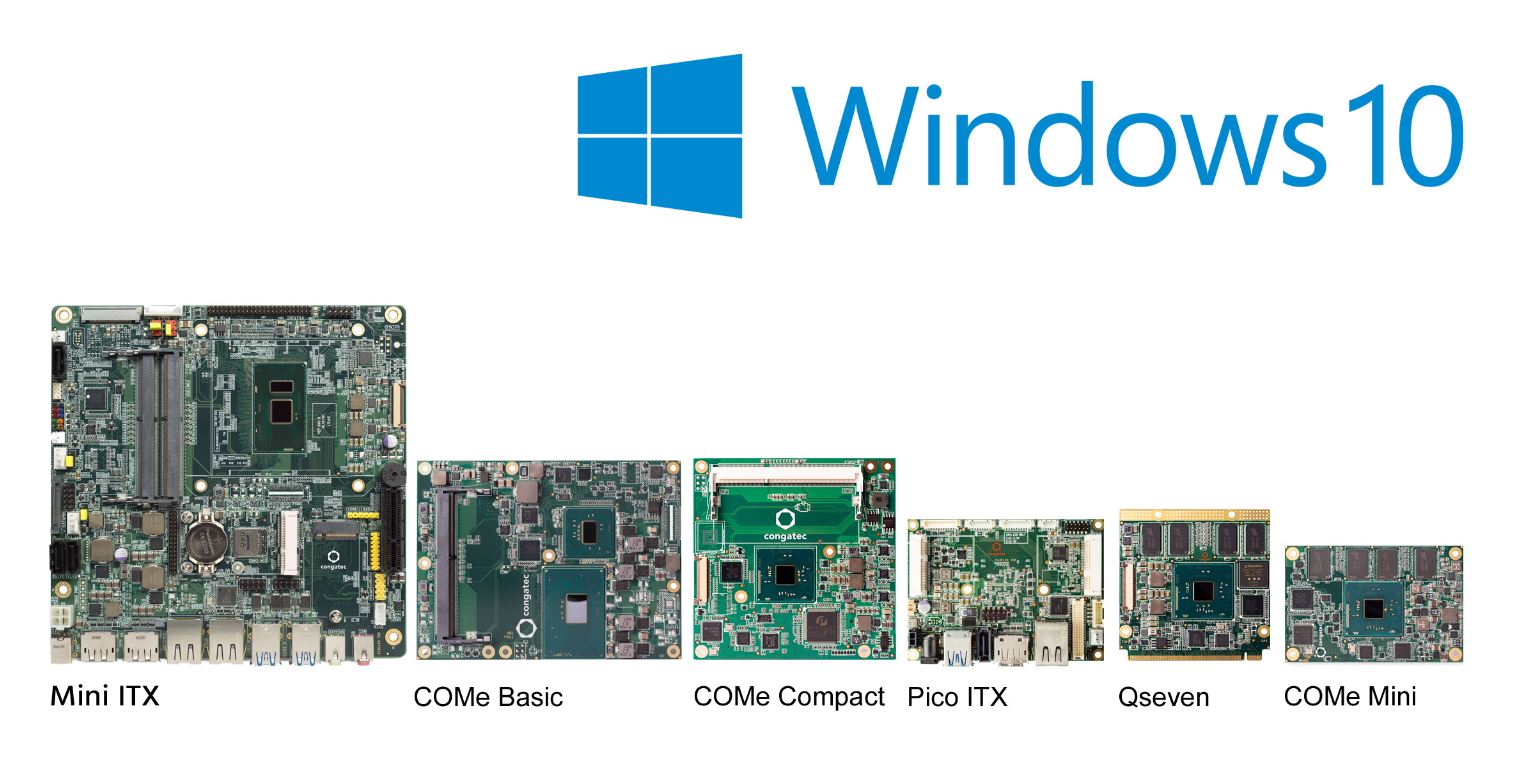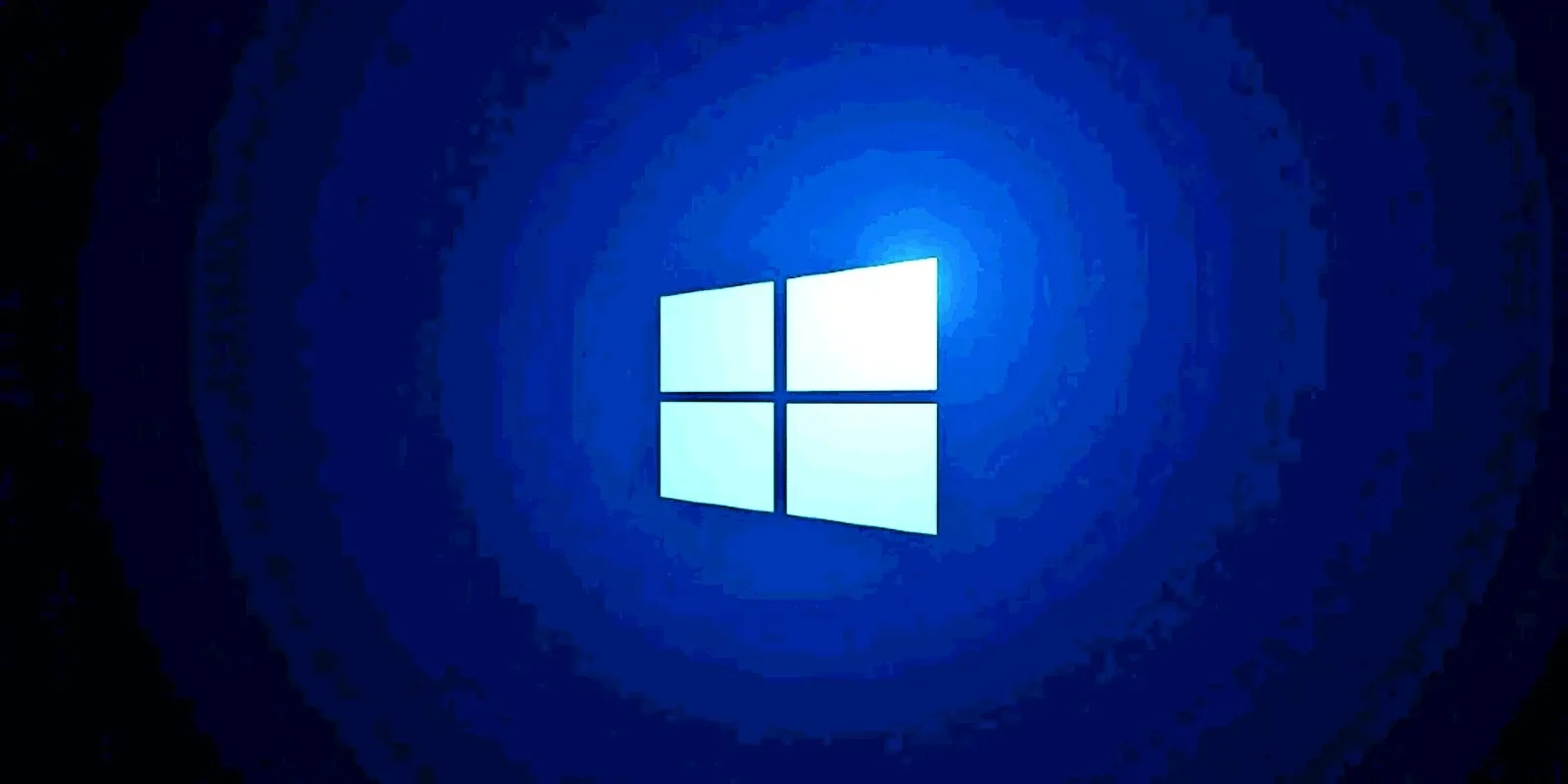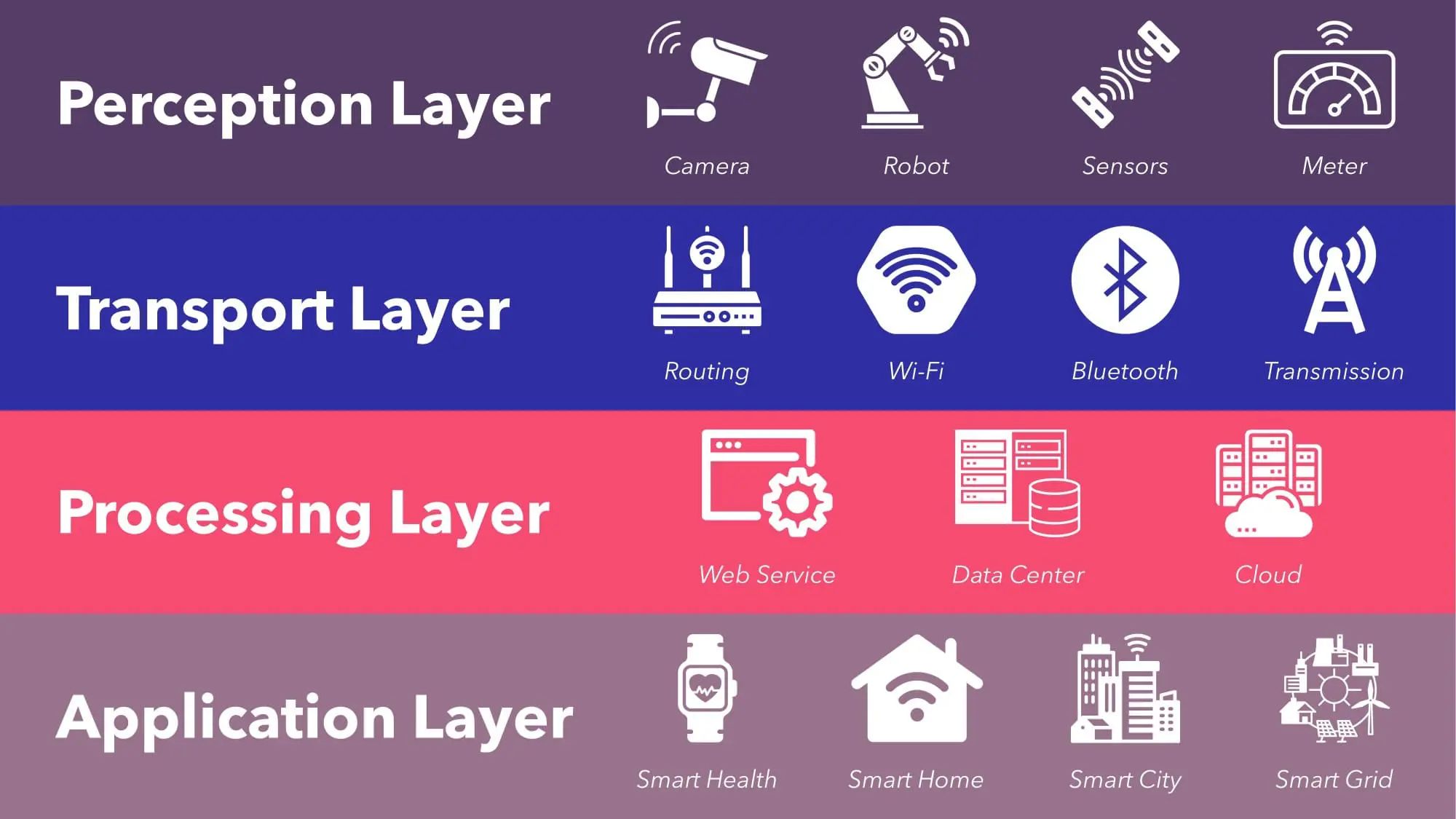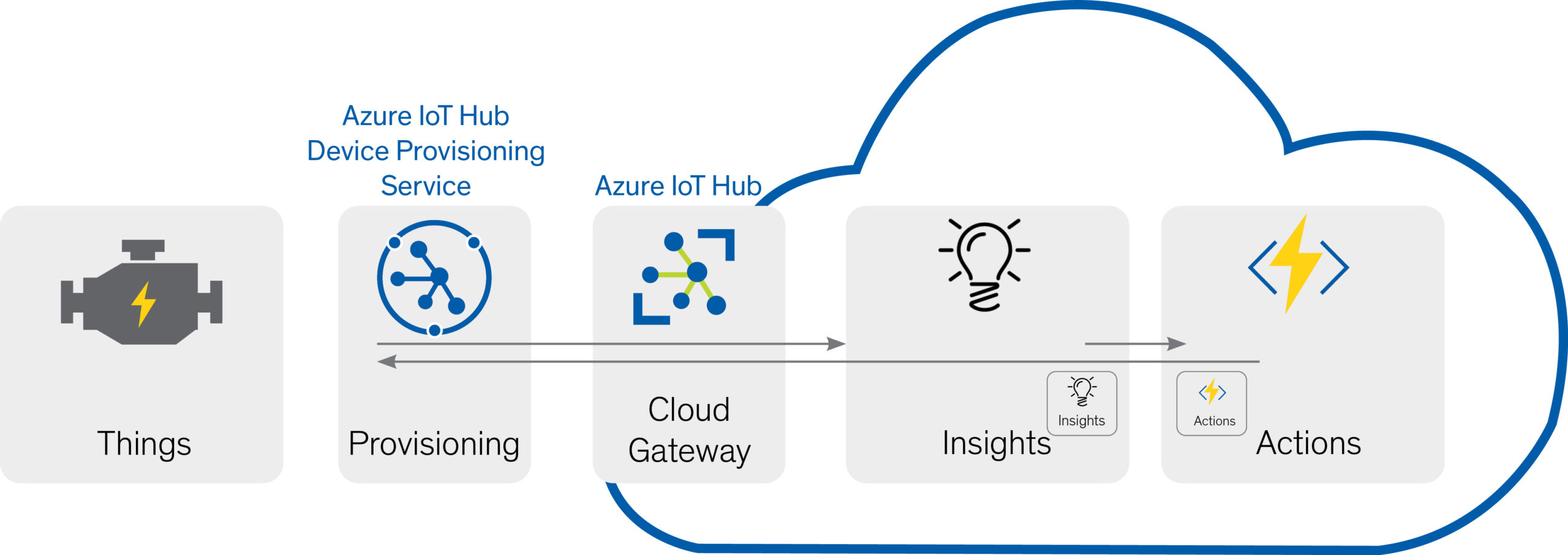Introduction
Windows IoT Enterprise is a powerful operating system specifically designed for Internet of Things (IoT) devices. As the IoT revolution continues to gain momentum, businesses are looking for robust and secure solutions to power their connected devices. Windows IoT Enterprise offers a reliable and flexible platform that enables organizations to build and deploy smart devices across a wide range of industries. Whether it’s for industrial automation, retail, healthcare, or smart home applications, Windows IoT Enterprise provides the necessary tools and features to bring IoT projects to life.
With Windows IoT Enterprise, businesses can leverage the familiar and user-friendly interface of the Windows operating system, combined with enhanced security measures and optimized performance for IoT devices. This allows companies to easily integrate their IoT solutions with existing Windows-based systems and infrastructure, making deployment and management seamless and efficient.
In this article, we will delve into the various aspects of Windows IoT Enterprise, including its benefits, features, use cases, and how to get started with this versatile platform.
What is Windows IoT Enterprise?
Windows IoT Enterprise is a specialized operating system developed by Microsoft that is specifically designed for Internet of Things (IoT) devices. Unlike the traditional Windows operating system found on PCs and laptops, Windows IoT Enterprise is optimized for the unique requirements of IoT devices, including low-power consumption, real-time processing, and secure connectivity.
One of the key features of Windows IoT Enterprise is its ability to run on a wide array of hardware platforms, ranging from single-board computers to industrial-grade devices. This flexibility allows businesses to choose the most suitable hardware for their IoT projects while still benefiting from the power and functionality of the Windows ecosystem.
Windows IoT Enterprise offers support for various connectivity options, allowing IoT devices to seamlessly connect and communicate with other devices, cloud services, and enterprise networks. This enables organizations to collect and analyze data from IoT devices in real-time, empowering them to make informed decisions and improve operational efficiency.
Another important aspect of Windows IoT Enterprise is its robust security framework. Microsoft has implemented industry-leading security measures to protect IoT devices from potential threats, ensuring that sensitive data remains secure. Features such as Device Guard, Secure Boot, and Windows Defender Firewall help safeguard IoT devices and prevent unauthorized access.
Additionally, Windows IoT Enterprise provides businesses with the ability to easily manage and update their fleet of IoT devices. With features like remote device management, over-the-air updates, and enterprise-level deployment tools, organizations can efficiently deploy, monitor, and maintain their IoT infrastructure at scale.
Overall, Windows IoT Enterprise offers a comprehensive solution for building and deploying IoT devices, providing businesses with the necessary tools and features to create innovative and secure solutions. By combining the flexibility of the Windows ecosystem with the specific requirements of IoT devices, Windows IoT Enterprise empowers organizations to leverage the full potential of the Internet of Things.
Benefits of Using Windows IoT Enterprise
Windows IoT Enterprise offers a multitude of benefits for businesses looking to leverage the power of the Internet of Things (IoT). Here are some key advantages of using Windows IoT Enterprise for your IoT projects:
1. Familiar and User-Friendly Interface: With Windows IoT Enterprise, users can take advantage of the familiar and intuitive interface of the Windows operating system. This makes it easier for developers and end-users to interact with IoT devices, reducing the learning curve and increasing overall usability.
2. Comprehensive Hardware Compatibility: Windows IoT Enterprise supports a wide range of hardware platforms, allowing businesses to choose the most suitable devices for their IoT projects. Whether it’s single-board computers, industrial-grade devices, or custom-built solutions, Windows IoT Enterprise provides compatibility and flexibility for seamless integration.
3. Enhanced Security Measures: Microsoft has implemented robust security features in Windows IoT Enterprise to protect devices and data from potential threats. From secure boot and device guards to encrypted communication, businesses can trust that their IoT devices are safeguarded against unauthorized access and data breaches.
4. Seamless Integration with Windows Ecosystem: Windows IoT Enterprise seamlessly integrates with other devices and software within the Windows ecosystem. This allows businesses to leverage existing tools, platforms, and infrastructure, making it easier to develop, deploy, and manage IoT solutions within their existing systems.
5. Scalability and Management Capabilities: Windows IoT Enterprise offers extensive management capabilities for efficiently deploying and managing a large number of IoT devices. Features like remote device management, over-the-air updates, and enterprise deployment tools simplify the management process, saving time and resources.
6. Real-Time Processing and Analytics: Windows IoT Enterprise enables real-time processing and analytics, allowing businesses to gather and analyze data from IoT devices in a timely manner. This empowers organizations to derive valuable insights, make data-driven decisions, and improve business operations and efficiency.
7. Rich Development Tools and Support: Windows IoT Enterprise provides a comprehensive set of development tools and support for developers to build innovative IoT solutions. With Microsoft’s extensive documentation, developer community, and Visual Studio tools, developers can leverage their existing skills and resources to create robust and feature-rich IoT applications.
By utilizing Windows IoT Enterprise, businesses can tap into the full potential of the Internet of Things, benefiting from its user-friendly interface, comprehensive hardware compatibility, enhanced security measures, seamless integration with the Windows ecosystem, scalability, real-time processing, and rich development tools and support.
Features and Capabilities of Windows IoT Enterprise
Windows IoT Enterprise empowers businesses with a wide range of features and capabilities that are specifically tailored for Internet of Things (IoT) deployments. Here are some key features and capabilities of Windows IoT Enterprise:
1. Device Management: Windows IoT Enterprise offers comprehensive device management capabilities, allowing businesses to efficiently monitor and control their fleet of IoT devices. Features such as remote device management and over-the-air updates enable organizations to remotely configure, monitor, and update devices, minimizing the need for manual intervention.
2. Device Connectivity: Windows IoT Enterprise supports a variety of connectivity options to ensure seamless communication between IoT devices and other devices, services, or networks. Whether it’s Ethernet, Wi-Fi, Bluetooth, or cellular connectivity, businesses can choose the most suitable option for their specific IoT deployment requirements.
3. Advanced Security: Security is a crucial aspect of any IoT deployment, and Windows IoT Enterprise prioritizes it with advanced security features. Secure Boot ensures that only trusted software is loaded during device startup, protecting against unauthorized modifications. Device Guard and Windows Defender Firewall provide additional layers of security to safeguard against potential threats and breaches.
4. Real-Time Processing: Windows IoT Enterprise enables real-time processing capabilities, allowing businesses to collect and analyze data from IoT devices in real-time. This is particularly valuable for applications that require instant decision-making or rapid response, such as industrial automation, healthcare monitoring, and smart energy optimization.
5. Compatibility and Integration: Windows IoT Enterprise is built on the Windows ecosystem, ensuring compatibility with a wide array of applications, tools, and systems. This enables businesses to integrate their IoT solutions with existing Windows-based infrastructure, reducing development cost and complexity.
6. Hardware Support: Windows IoT Enterprise offers compatibility with a variety of hardware platforms, providing flexibility for businesses to choose the most suitable devices for their IoT projects. Whether it’s small single-board computers or powerful industrial-grade systems, Windows IoT Enterprise enables seamless integration and utilization of diverse hardware options.
7. Developer Tools: Windows IoT Enterprise provides a comprehensive set of development tools and resources for developers to create and deploy IoT applications. Visual Studio, along with the Windows IoT Core Dashboard, allows developers to easily build, test, and debug IoT applications, streamlining the development process.
8. Cloud Integration: Windows IoT Enterprise seamlessly integrates with popular cloud platforms such as Microsoft Azure, enabling businesses to leverage the power of cloud services for data storage, analytics, and machine learning. This opens up opportunities for businesses to take advantage of scalable and cost-effective cloud-based solutions for their IoT deployments.
With these features and capabilities, Windows IoT Enterprise empowers businesses to build, deploy, and manage robust and secure IoT solutions. Whether it’s for industrial automation, retail, healthcare, or smart home applications, Windows IoT Enterprise provides the necessary tools and flexibility to bring IoT projects to fruition.
Use Cases for Windows IoT Enterprise
Windows IoT Enterprise is a versatile operating system for Internet of Things (IoT) devices, offering a range of use cases across various industries. Here are some examples of how businesses can leverage Windows IoT Enterprise for their IoT deployments:
1. Industrial Automation: Windows IoT Enterprise is well-suited for industrial automation applications. It can be used to power IoT devices such as sensors, monitors, and control systems, enabling real-time monitoring, data analysis, and process optimization in manufacturing plants, warehouses, and other industrial settings.
2. Retail: In the retail industry, Windows IoT Enterprise can be used to create smart shelves, digital signage, and intelligent point-of-sale systems. These IoT devices can provide personalized shopping experiences, real-time inventory management, and targeted advertising based on customer preferences and buying behavior.
3. Healthcare: Windows IoT Enterprise is valuable for healthcare applications, facilitating the integration of IoT devices for patient monitoring, asset tracking, and remote healthcare services. It allows for secure collection and transmission of vital signs, improves operational efficiency, and enhances patient care coordination.
4. Smart Cities: Windows IoT Enterprise can play a significant role in building smart cities by connecting disparate IoT devices and sensors. It can be used for managing and optimizing traffic flow, monitoring environmental conditions, enhancing public safety systems, and improving the overall quality of life for citizens.
5. Energy Management: With Windows IoT Enterprise, businesses can monitor and control energy consumption in buildings, factories, and other facilities. IoT devices powered by Windows IoT Enterprise can enable real-time energy monitoring, intelligent HVAC systems, and smart metering, leading to energy savings and sustainable operations.
6. Transportation and Logistics: Windows IoT Enterprise can enhance transportation and logistics operations by providing real-time tracking, monitoring, and optimization of vehicles, shipments, and fleet management. This can improve route planning, reduce delivery times, and minimize fuel consumption, resulting in cost savings and improved customer satisfaction.
7. Smart Homes: Windows IoT Enterprise can be used to create smart home systems, integrating IoT devices such as smart thermostats, lighting controls, and home security systems. This enables homeowners to remotely control and monitor their homes, enhance energy efficiency, and improve security and convenience.
8. Agriculture: Windows IoT Enterprise can be instrumental in agricultural applications, enabling smart irrigation, precision farming, and monitoring of livestock. IoT devices powered by Windows IoT Enterprise can collect data on soil moisture, temperature, and plant health, enabling farmers to make data-driven decisions for optimal crop yield.
These are just a few examples of the diverse use cases where Windows IoT Enterprise can make a significant impact. By leveraging its capabilities, businesses can harness the power of IoT technology to improve efficiency, productivity, sustainability, and customer experiences in various industries.
How to Get Started with Windows IoT Enterprise
Getting started with Windows IoT Enterprise is a straightforward process that involves a few key steps. Here’s a guide to help you begin your journey with Windows IoT Enterprise:
1. Hardware Selection: The first step is to choose the hardware platform that best suits your IoT project. Windows IoT Enterprise supports various hardware options, ranging from single-board computers to industrial-grade devices. Consider your project requirements, such as processing power, connectivity options, and form factor, to determine the most suitable hardware.
2. Obtain Windows IoT Enterprise: To use Windows IoT Enterprise, you need to obtain a valid license. Contact Microsoft or an authorized distributor to acquire the necessary licensing for your IoT devices. Ensure that you comply with the licensing terms and conditions for your specific use case.
3. Install Windows IoT Enterprise: Once you have the license, you can proceed with the installation of Windows IoT Enterprise on your chosen hardware platform. Follow the installation instructions provided by Microsoft to set up the operating system on your devices.
4. Explore Documentation and Resources: Microsoft offers extensive documentation and resources to help you navigate and understand Windows IoT Enterprise. Visit the official Microsoft website for Windows IoT to access tutorials, guides, and sample projects. These resources will provide insights into the features, capabilities, and best practices for working with Windows IoT Enterprise.
5. Developer Tools and Visual Studio: Familiarize yourself with the developer tools available for building IoT applications on Windows IoT Enterprise. Visual Studio is a powerful integrated development environment (IDE) that supports IoT application development. Explore the features and capabilities of Visual Studio, and leverage its debugging and deployment tools to streamline your development process.
6. Build and Test IoT Applications: Start building your IoT applications by leveraging the capabilities provided by Windows IoT Enterprise. Utilize the rich set of APIs and libraries available within the Windows IoT ecosystem. Experiment with various sensors, actuators, and interfaces to create innovative and impactful IoT solutions.
7. Deployment and Management: Plan for the deployment and management of your IoT devices powered by Windows IoT Enterprise. Ensure that you have a strategy for remotely managing and updating your devices, as well as monitoring their performance and security. Explore the available management tools and services provided by Microsoft to simplify the deployment and ongoing management of your IoT infrastructure.
8. Continuously Update and Innovate: As with any technology, staying updated with the latest updates, patches, and security fixes is crucial. Microsoft regularly releases updates for Windows IoT Enterprise, so make sure to keep your devices up to date. Additionally, explore new features and enhancements introduced by Microsoft to continuously innovate and improve your IoT solutions.
By following these steps, you can effectively get started with Windows IoT Enterprise and begin developing and deploying your IoT applications. Remember to leverage the available resources, documentation, and developer tools provided by Microsoft to maximize the potential of Windows IoT Enterprise in your IoT projects.
Conclusion
Windows IoT Enterprise is a powerful operating system that enables businesses to harness the full potential of the Internet of Things (IoT). With its familiar interface, comprehensive hardware compatibility, advanced security measures, and seamless integration with the Windows ecosystem, Windows IoT Enterprise empowers organizations to build and deploy innovative and secure IoT solutions across various industries.
By leveraging Windows IoT Enterprise, businesses can benefit from real-time data processing, enhanced connectivity, improved operational efficiency, and personalized experiences for customers. Whether it’s for industrial automation, retail, healthcare, smart cities, or agriculture, Windows IoT Enterprise provides the tools and features required to bring IoT projects to life.
The rich set of features and capabilities offered by Windows IoT Enterprise, such as device management, advanced security, compatibility with diverse hardware options, and comprehensive development tools, make it a reliable and flexible choice for IoT deployments. The seamless integration with the Windows ecosystem allows businesses to leverage their existing infrastructure and resources, minimizing development costs and time-to-market.
As the IoT landscape continues to evolve, Windows IoT Enterprise remains at the forefront of enabling organizations to drive innovation, improve operational efficiency, and create meaningful customer experiences. However, it’s important to stay updated with the latest developments and best practices in the rapidly evolving IoT industry to fully leverage the capabilities of Windows IoT Enterprise and ensure the security and success of IoT deployments.
In summary, Windows IoT Enterprise offers a comprehensive solution for businesses looking to embark on their IoT journey. Whether you are a developer, an enterprise, or a small business, Windows IoT Enterprise provides the necessary tools, security, and flexibility to create, deploy, and manage IoT solutions at scale. Explore the possibilities of Windows IoT Enterprise today and unlock the potential of the Internet of Things for your organization.







